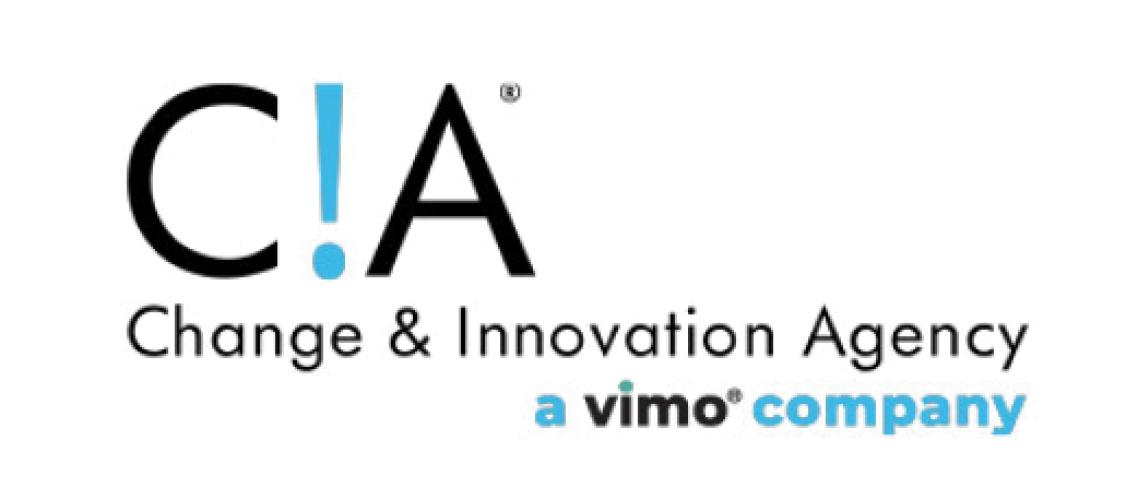The State Role in the Public Workforce Development System: Evidence from a Survey on the Use of Wagner-Peyser Act Funding
In June 2013, NASWA’s Employment and Training (E&T) Committee conducted a national survey on the use of Wagner-Peyser Act (W-P) funds, and the findings are presented in this report. The survey was designed to help answer two questions: 1) How do states spend W-P funds? 2) What value do States add to the workforce system by funding, developing or delivering labor exchange services through the W-P grants? The survey findings are important to inform policymakers and the public, especially regarding the reauthorization of the Workforce Investment Act (WIA) and other workforce system reform legislation.
The survey was sent to state Workforce Administrators, Employment and Training Directors, Administration and Finance Directors, and Employment Services Directors in all 52 NASWA member states and jurisdictions. Forty-six (46) states and jurisdictions each delivered one coordinated response to the survey, for an 88 percent response rate.
The survey gathered information on the use of PY 2012 W-P funding allocations, which totaled $701 million nationally. NASWA’s Employment and Training (E&T) Committee members identified five major categories of spending for W-P Act regular formula funds, and 38 associated activities. The five categories include:
1) workforce IT systems (for job banks, data, and reporting; 2) job search and other employment services; 3) reemployment services for unemployment insurance (UI) claimants; 4) employer/business services; and 5) support of local job centers and resource rooms. The 38 activities associated with these categories are listed on pp. 5-6. In addition, the survey asked states how they use the “10 percent Governor’s Reserve” funds. Finally, states were asked for which of the 38 labor exchange activities State involvement is most critical, and to provide an explanation.
Sections II and III below provide background information on the W-P program and a summary of the survey findings. More detailed survey findings are presented in Sections IV and V. Section V also includes comments from state leaders on the importance of the state role in the funding, development and delivery of labor exchange services.

































